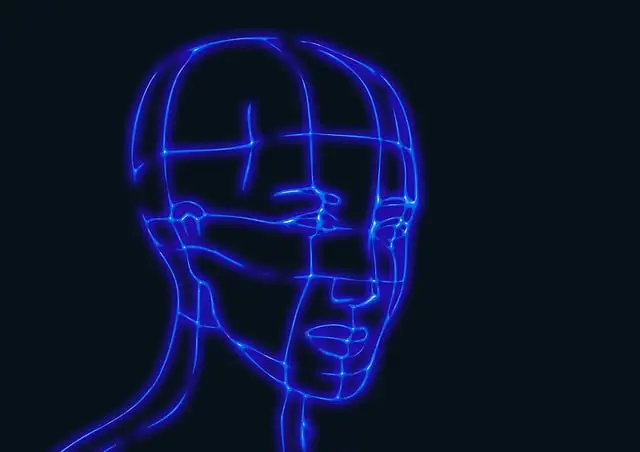Kratom, derived from the Mitragyna speciosa tree's leaves, is being studied as a potential aid for insomnia, with some evidence suggesting certain strains can influence brain neurotransmitters to promote relaxation and drowsiness. The alkaloids in kratom may also improve mood and reduce anxiety, often associated with sleep issues. Users report that kratom can shorten the time to fall asleep and improve overall sleep quality by reducing nighttime awakenings. However, due to variable effects influenced by dosage and strain, a cautious approach is recommended when considering kratom for insomnia. Scientific research is ongoing to evaluate its efficacy, safety, and impact on sleep apnea and other sleep disorders. Individuals should consult healthcare providers before using kratom, as it may interact with existing health strategies and treatments, and due to its complex legal status and potential side effects. The therapeutic potential of kratom's alkaloids, mitragynine and 7-hydroxymitragynine, for enhancing sleep quality in those with sleep apnea is also being explored, but it's crucial to approach this with medical supervision given the need for further scientific investigation into its safety and efficacy.
navigating the complexities of sleep apnea can be a daunting task for many. As we delve into the realm of natural remedies, kratom emerges as a potential ally in combating both insomnia and the symptoms associated with sleep apnea. This article explores the multifaceted relationship between kratom and sleep disorders, examining its potential as an alternative aid for those struggling with these conditions. From understanding how kratom may offer relief from insomnia to assessing its role in managing sleep apnea, we will scrutinize the evidence, safety, and efficacy considerations. Join us as we unravel the intricacies of kratom for insomnia and its broader implications for sleep apnea support.
- Unraveling the Connection Between Kratom and Insomnia Relief
- Exploring the Role of Kratom as a Natural Aid for Sleep Apnea Sufferers
- Navigating Safety and Efficacy: Considerations When Using Kratom for Sleep Apnea
Unraveling the Connection Between Kratom and Insomnia Relief

Kratom, a botanical substance derived from the leaves of the Mitragyna speciosa tree, has garnered attention for its potential impact on sleep patterns, particularly among those experiencing insomnia. Preliminary studies suggest that certain strains of kratom may influence the brain’s neurotransmitters in ways that promote relaxation and drowsiness, which could be beneficial for individuals with sleep disturbances like insomnia. The alkaloids present in kratom leaves interact with receptors in the brain, potentially enhancing mood and reducing anxiety—conditions often associated with sleeplessness. Users reporting difficulty falling asleep have found that kratom for insomnia might shorten the time it takes to enter the sleep state. Additionally, it may improve the quality of sleep by reducing the frequency of awakenings during the night. However, it’s crucial to approach the use of kratom with caution; its effects can vary significantly among users and can depend on factors such as dosage and strain type. The scientific community continues to investigate kratom’s efficacy and safety for insomnia relief, highlighting the need for further research to fully understand its role in sleep apnea support and managing sleep disorders. Users considering kratom as a remedy for insomnia should consult healthcare professionals to ensure it aligns with their overall health and treatment plan.
Exploring the Role of Kratom as a Natural Aid for Sleep Apnea Sufferers

Mitragyna speciosa, commonly known as kratom, has garnered attention in natural health circles for its potential impact on sleep quality and patterns. For individuals grappling with sleep apnea, the quest for effective treatments often extends to exploring alternatives that can complement conventional therapies. Kratom for insomnia has been a topic of interest due to its alkaloid content, which may influence sleep architecture and duration. The leaves of kratom contain compounds such as mitragynine and 7-hydroxymitragynine, which have been studied for their sedative effects. These elements can potentially assist in managing the symptoms associated with sleep apnea by promoting more consistent and restorative sleep.
Kratom’s role as a natural aid for sleep apnea sufferers is multifaceted. Its potential to alleviate insomnia, which often accompanies sleep apnea, may lead to improved overall sleep quality. Additionally, the reduction of apneic events during sleep can be aided by the sedative properties of kratom, allowing for better oxygenation and less disruption to the sleep cycle. However, it is crucial for individuals considering kratom as a treatment option to approach its use with caution. The appropriate dosage and strain of kratom should be determined in consultation with a healthcare provider. This is particularly important given the varying effects different strains may have, as well as the potential for interactions with other medications. Safety, efficacy, and long-term effects are key considerations when integrating kratom into a sleep apnea treatment plan.
Navigating Safety and Efficacy: Considerations When Using Kratom for Sleep Apnea

When exploring alternative treatments for sleep apnea, particularly in addressing the underlying issue of insomnia, kratom has emerged as a topic of interest for many individuals. Kratom, a plant originating from Southeast Asia, contains compounds that may influence sleep patterns and alleviate the symptoms associated with sleep disturbances. However, navigating the safety and efficacy of kratom for sleep apena requires careful consideration due to its complex regulatory status and varying effects across individuals. It’s crucial to understand that while certain strains of kratom might promote relaxation and improve sleep quality for those with insomnia, including those coping with sleep apnea, the substance is not without risks or legal constraints in some regions. Users should be aware of the potential side effects and interactions with other medications. Additionally, the optimal dosage and the best strain for each person can vary significantly. Therefore, it’s essential to approach the use of kratom with caution and preferably under the guidance of a healthcare professional. This is particularly important given the lack of long-term studies on its effects for sleep apnea and insomnia, which underscores the need for further research to establish its safety and efficacy in this context.
In conclusion, the exploration of kratom’s potential in addressing sleep apnea and its relationship with insomnia offers a promising avenue for those seeking natural relief. The evidence suggests that kratom may serve as a viable option for some individuals, particularly when conventional treatments are less effective or tolerable. However, it is imperative to approach the use of kratom with caution, considering the nuanced safety and efficacy profiles associated with it. A prudent strategy involves careful consideration under medical supervision to align with one’s overall health goals and to avoid potential adverse effects. As research continues to evolve in this domain, stakeholders—patients, healthcare providers, and researchers alike—have a critical role in shaping the future of kratom as a therapeutic agent for sleep disturbances, including sleep apnea and insomnia.






